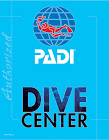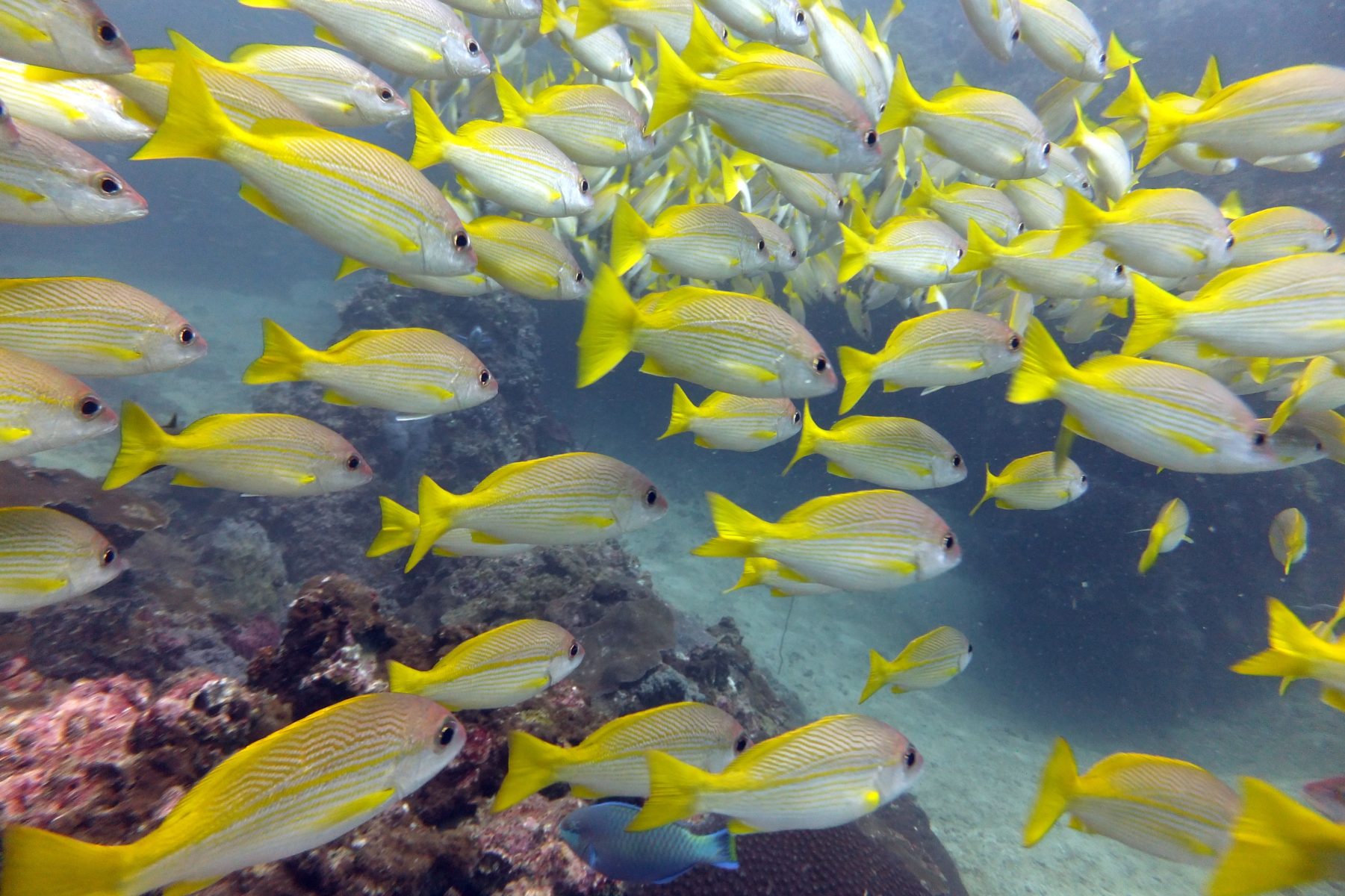
Get your PADI Certification in Phuket – Diving Paradise
Phuket in Thailand, the “Land of Smiles,” offers miles of tropical beaches, stunning island scenery, exhilarating cultural attractions and excellent scuba diving. Surrounded by the Andaman Sea, Phuket is a fantastic location to immerse yourself in the underwater world and is one of the most beautiful and bio-diverse places to dive on Earth. Diving opportunities include colourful reefs, deep drop-offs, wrecks, walls, boulders and pinnacles. This world famous dive destination gives access to a range of different sites to suit divers of all levels and a perfect reason to get your worldwide recognised PADI certification in Phuket!
1. Huge Diversity of Marine Life
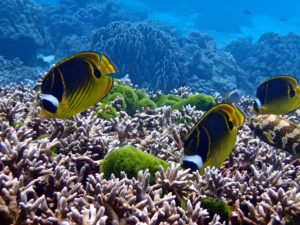 Stunning aquatic flora and fauna is present all year round in Phuket. Typical Indo-Pacific reef fish are bountiful and sharks, turtles and seahorses thrive in colourful coral gardens just metres below the surface. There’s a good chance you will see moray eels, giant pufferfish, triggerfish and Moorish idols, as well as manta rays, leopard sharks and possibly whale sharks. Not only is this beautiful location a great place to experience such fascinating creatures, but also a great way to learn about the plight of endangered marine species and what you can do to help.
Stunning aquatic flora and fauna is present all year round in Phuket. Typical Indo-Pacific reef fish are bountiful and sharks, turtles and seahorses thrive in colourful coral gardens just metres below the surface. There’s a good chance you will see moray eels, giant pufferfish, triggerfish and Moorish idols, as well as manta rays, leopard sharks and possibly whale sharks. Not only is this beautiful location a great place to experience such fascinating creatures, but also a great way to learn about the plight of endangered marine species and what you can do to help.
2. Wide Choice of Top-Quality Dive Sites
Some of the top Andaman Sea dive sites are within easy reach on our Phuket diving day trips and include:
Racha Noi & Racha Yai – Located south of Phuket, these islands boast great visibility and a range of stunning dive sites. Expect to see moray eels, crocodile fish, sting rays, chevron barracuda and large schools of snappers and batfish, as well as the odd manta ray and whale shark. These are great sites to learn to dive on your PADI Open Water Diver course.
Koh Dok Mai – This is a superb wall and drift dive, with hidden caves and crevices lurking in its limestone rock face. Glide by gardens of yellow tube corals and look for moray eels hiding in the rock cracks. This site is home to seahorses, pipefish, nudibranchs and bamboo sharks.
Koh Bida Nok – This breathtaking site near Phi Phi Island offers a rich diversity of marine life and is alive with snappers, tuna, trevallies and jacks. Sea snakes, turtles, moray eels, wrasses and blacktip reef sharks keep the action coming, while the soft corals, parrotfish, and angelfish provide a stunning colourful backdrop.
Others can be reached on a 2-5 day Liveaboard trip:

Richelieu Rock – About 200 km north of Phuket, this horseshoe-shaped rock in the Andaman Sea is probably Thailand’s most famous dive site. Dive here from a Similans liveaboard and look for the majestic whale shark, along with big schools of barracuda and jacks, and clouds of tropical fish. You’ll also find seahorses, anemonefish, frogfish, scorpionfish and cuttlefish. For underwater photographers, the hardest thing about diving this site is deciding whether to go wide angle or macro.
Hin Daeng – This site and nearby Hin Muang are some of the best dive sites in Thailand. They offer steep walls, masses of fish and healthy soft coral gardens which give the pinnacles their names – Red Rock and Purple Rock. Whalesharks and manta rays can be seen here on a regular basis. Dive here on a 2 day liveaboard trip or charter our super-fast Diamond Speedboat for a day trip.
3. Exciting Opportunities to Learn a PADI Specialty
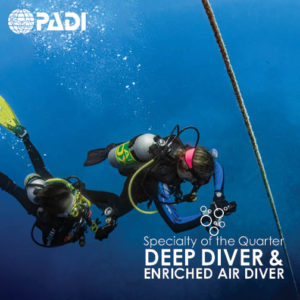 Phuket offers several exciting wrecks including King Cruiser near Shark Point, and the Harruby at Racha Yai. These wrecks are deep so you’ll need to be PADI Advanced Open Water certified at the minimum or you could take your PADI Wreck Dive speciality. To make the most of your time exploring these wrecks, consider undertaking PADI’s Deep Diver and/or Enriched Air Diver specialities.
Phuket offers several exciting wrecks including King Cruiser near Shark Point, and the Harruby at Racha Yai. These wrecks are deep so you’ll need to be PADI Advanced Open Water certified at the minimum or you could take your PADI Wreck Dive speciality. To make the most of your time exploring these wrecks, consider undertaking PADI’s Deep Diver and/or Enriched Air Diver specialities.
Phuket’s underwater beauty is something you’ll want to share with everyone. Turtles, barracudas, leopard sharks and angelfish – it’s hard to remember each marine species you see on a dive! To relive your diving adventures and to be able to show your encounters to family and friends, take PADI’s Underwater Digital Imaging course to learn how to take excellent photos effortlessly. Phuket is also an excellent location to become a PADI Pro by taking the PADI Divemaster course. You can even study your chosen course before you get here by signing up for PADI’s eLearning.
4. Excellent Conditions
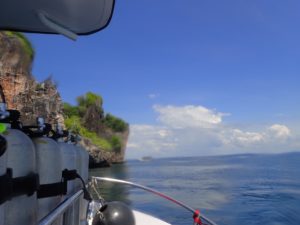 What better place to learn to dive or further your training than in the Andaman Seas warm, clear waters.
What better place to learn to dive or further your training than in the Andaman Seas warm, clear waters.
Water Temperature – A pleasant 28-30° C year-round.
Visibility – Generally good and averages around 30 metres
Weather – Its tropical location ensures that Phuket has a hot and humid climate.
It is warm and wet during the May to September monsoon, then mostly dry from November to April. Air temperatures range from 30–35°C. The diving is typically good all year, but at its peak from November through April in the Andaman Sea.
5. No better place to meet new people!
As Phuket attracts people from all over the world each year, it’s the perfect place to learn to dive whether you are a solo traveller, couple, with friends or with family. With the friendliness of the locals to the holiday-makers, you can guarantee you will leave this beautiful place with wonderful memories and new friends after your Scuba Diving day trip or PADI certification in Phuket!
6. Flexibility around your holiday
We want to make your learning as easy and comfortable as we can for you so we can tailor-make our courses to fit in with your holiday – if you’re looking at completing your first PADI certification in Phuket then you could look to complete the theory ahead of your holiday with our PADI eLearning package allowing you to study before you start your holiday!
7. Easy To Reach Location
Finally, Phuket’s central South-East Asia location provides divers with easily-accessible dive destinations. Its International airport means there are direct flights from Australia, Europe and many major cities around the world with new direct flights being forecast from a number of popular major cities.
So if you’re thinking of taking your PADI course in Phuket then don’t hesitate to contact us. We provide private tuition at no extra cost so you can learn at your own pace, and enjoy great diving too!
What’s stopping you? 🙂



